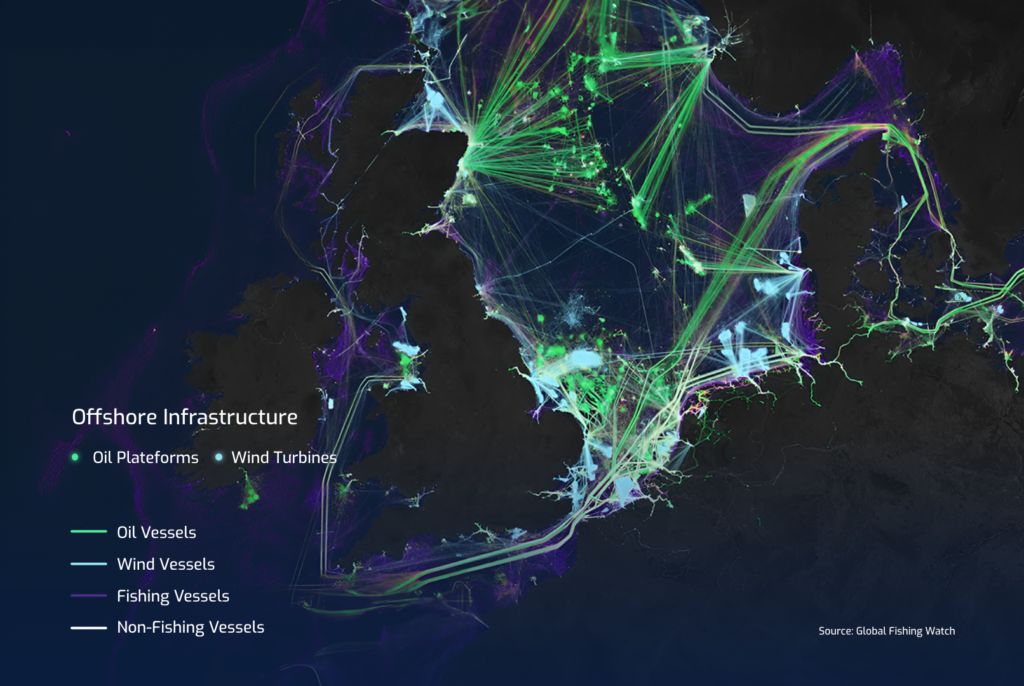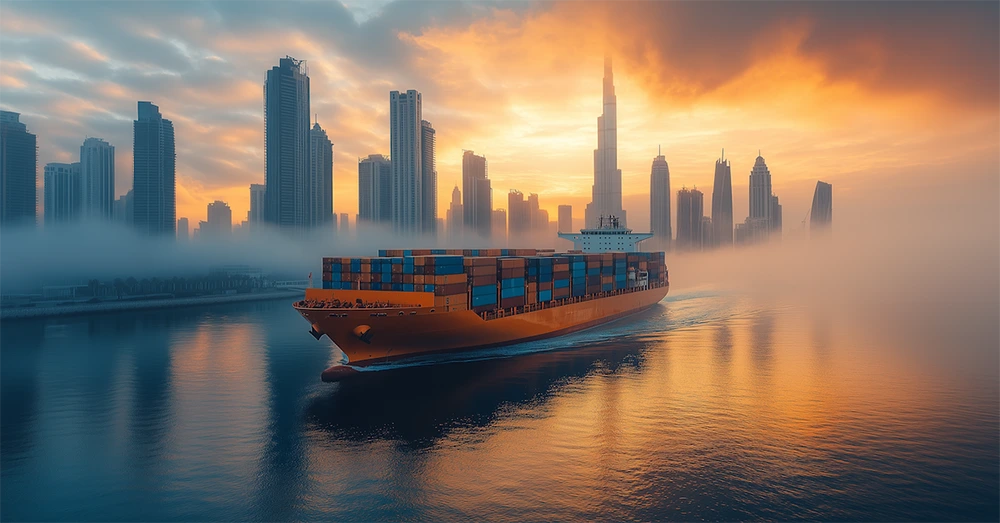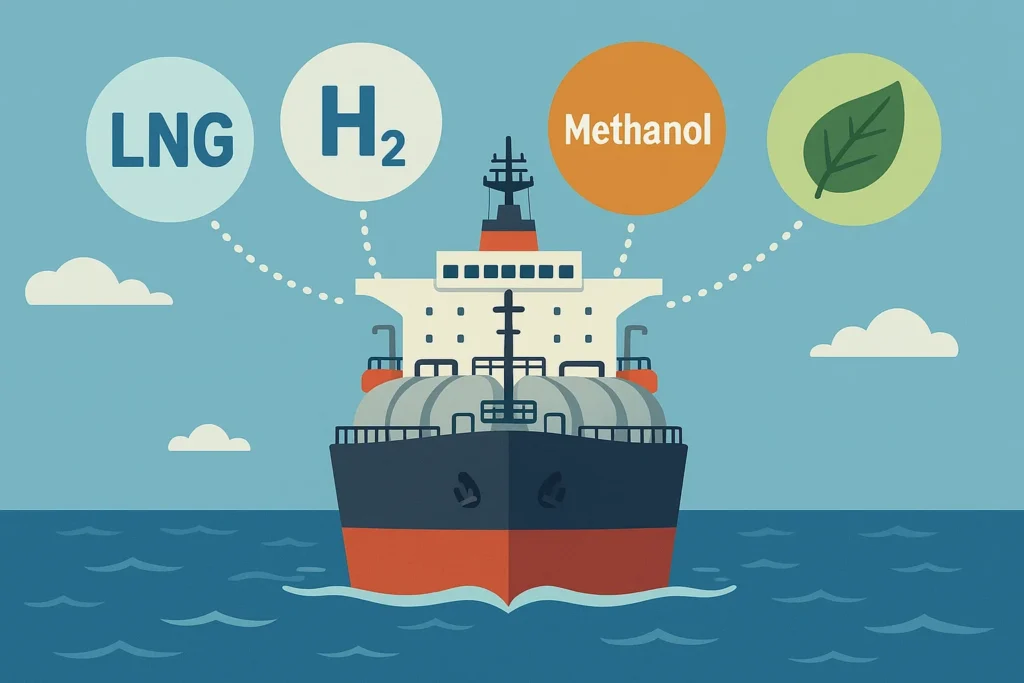Artificial Intelligence in the Maritime Sector

Charting New Waters: AI Research Set To Make Waves in the Maritime Sector
AI researchers are bringing new visibility to the world’s oceans, with recent advances revealing the most comprehensive view of ocean activity to date. A recent study highlighted by The Verge offers new insights that could reshape our approach to maritime operations, conservation, and policy-making.
AI Unveils Hidden Maritime Activities
A key finding from the research conducted by Global Fishing Watch, backed by Google, is the extent of untracked industrial activity at sea. Leveraging the ESA’s Sentinel-1 network of satellites and AI algorithms, the research group determined that about 75% of the world’s industrial fishing vessels escape public tracking, primarily around Africa and South Asia. This revelation highlights significant gaps in current maritime monitoring and the potential for unaccounted competition and resource exploitation.
Rapid Growth in Offshore Energy Development
The study also observed a boom in offshore energy infrastructure. Wind turbines now outnumber oil structures, with a significant increase in offshore wind energy development, particularly off the coasts of northern Europe and China.
Implications for Policy and Conservation
The findings from the study have profound implications for maritime policy and environmental conservation. With the goal of protecting 30% of Earth’s land and waters by 2030, having accurate data on maritime activities is essential for informed decision-making. We encourage our members, particularly those involved in our environmental policy committee, to leverage this data to contribute to sustainable ocean governance and conservation strategies.
This study can help our maritime community understand the sheer scale and the challenge of untracked industrial fishing vessels, as the industry adapts to evolving maritime policies and environmental regulations in a transforming maritime landscape.
Press Enquiries
We are eager to provide you with more information. Please don’t hesitate to reach out.

